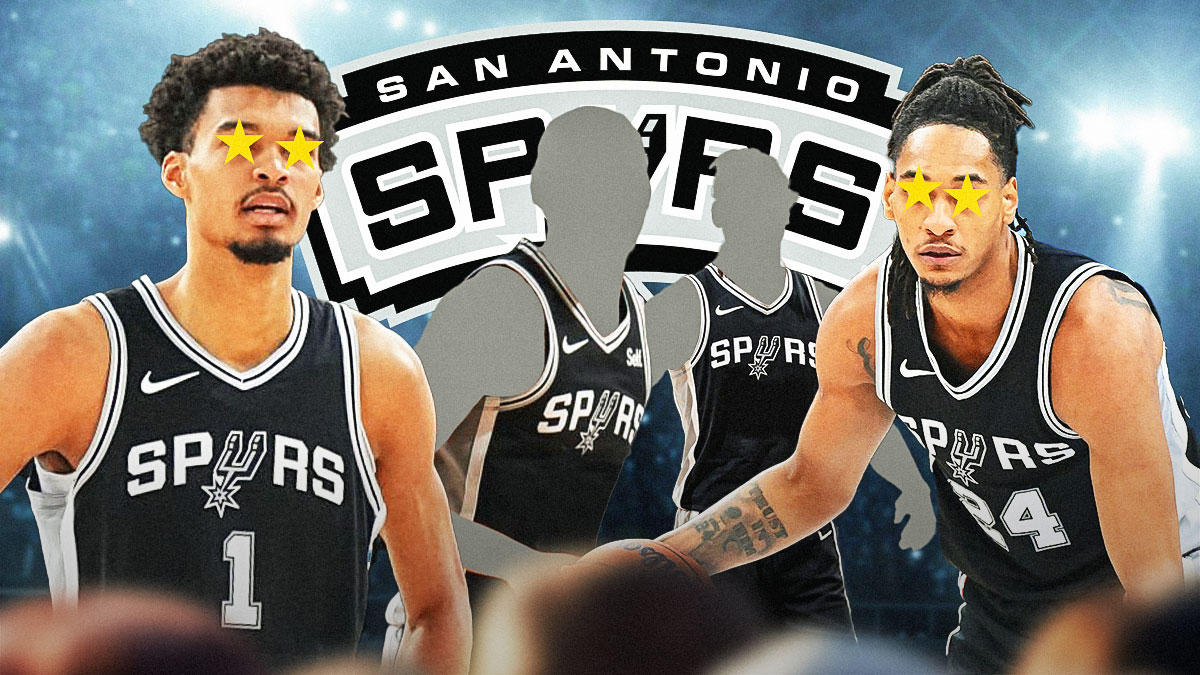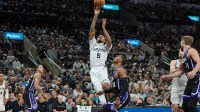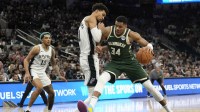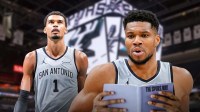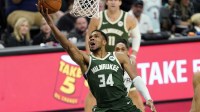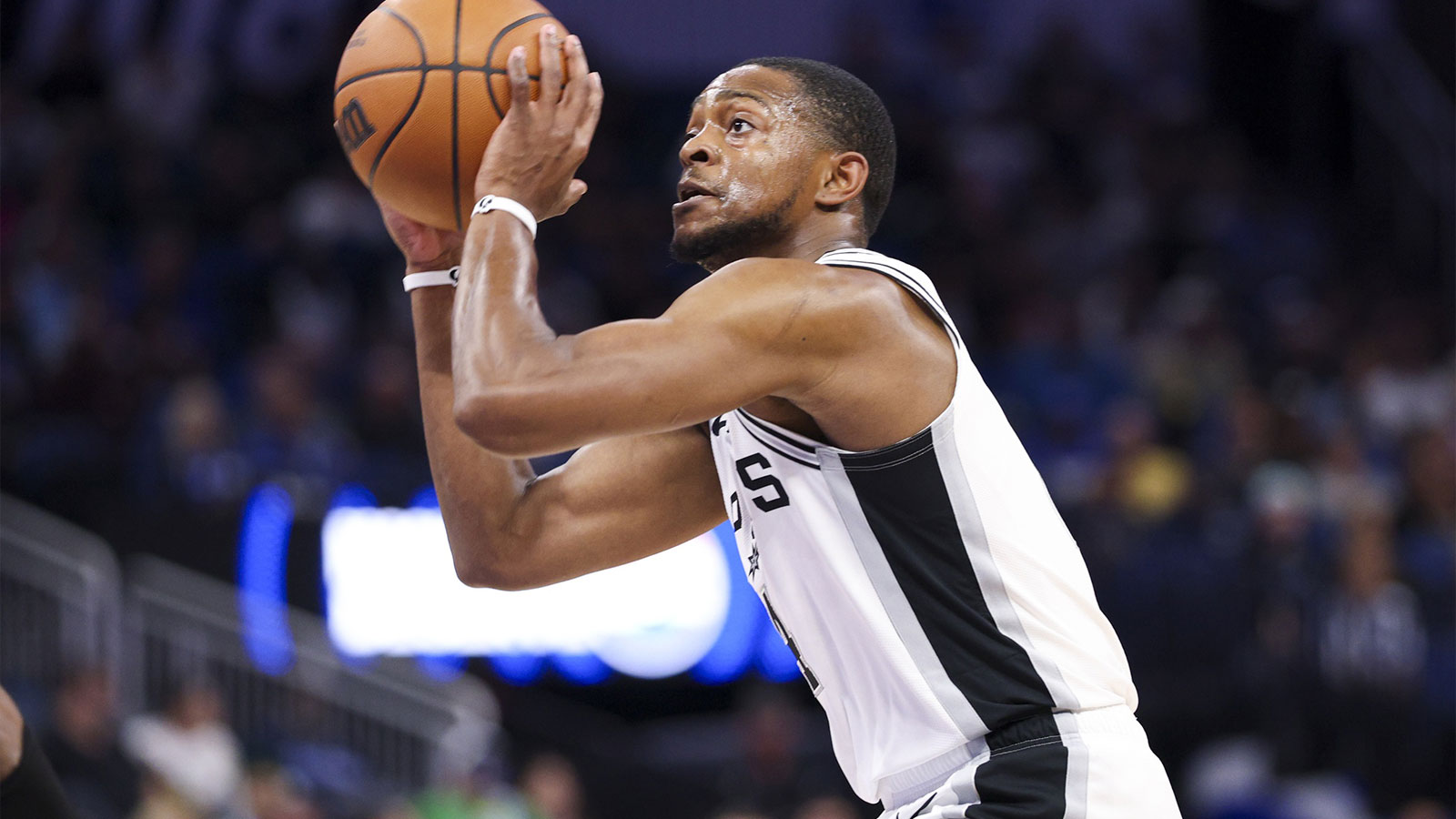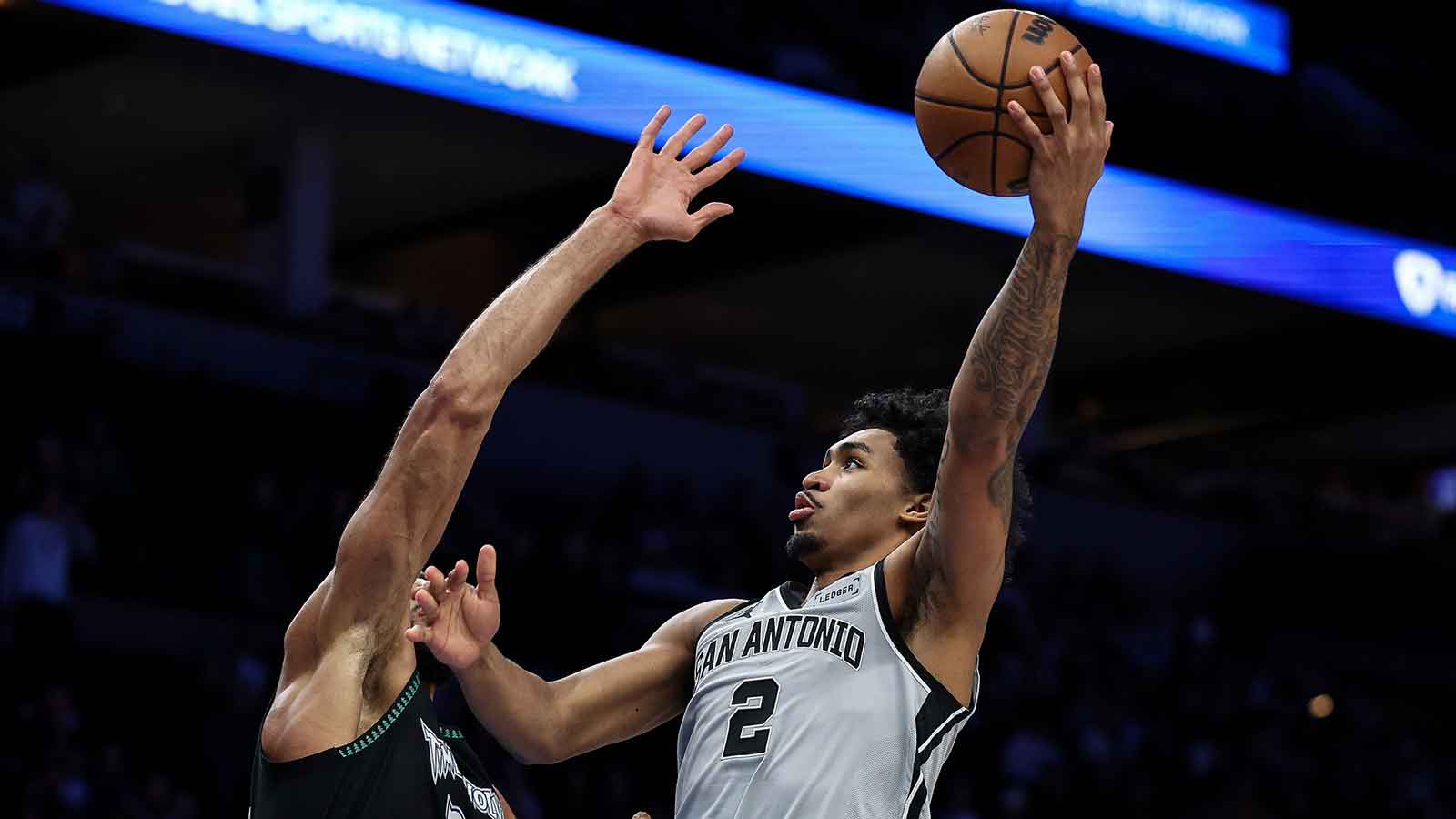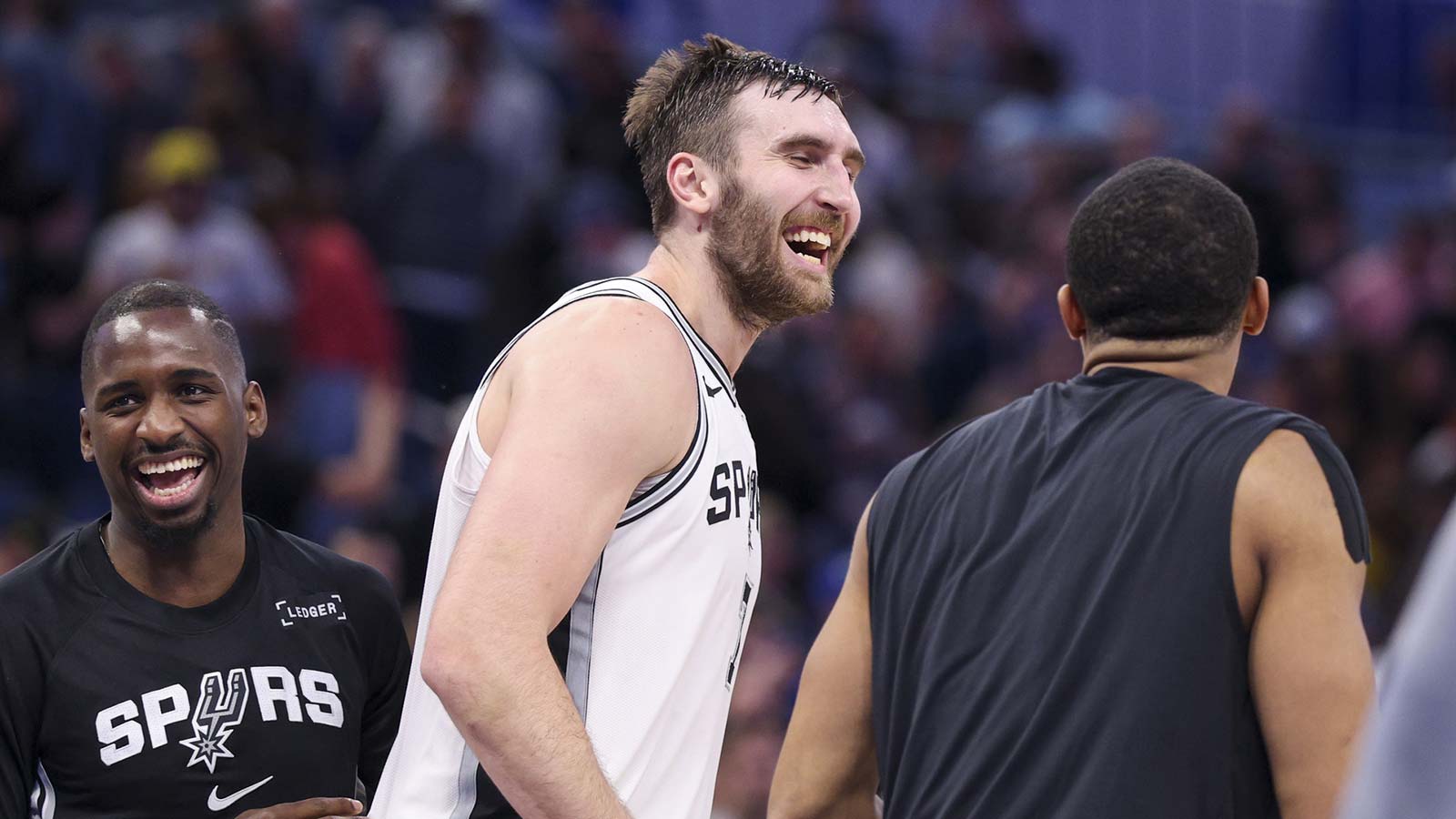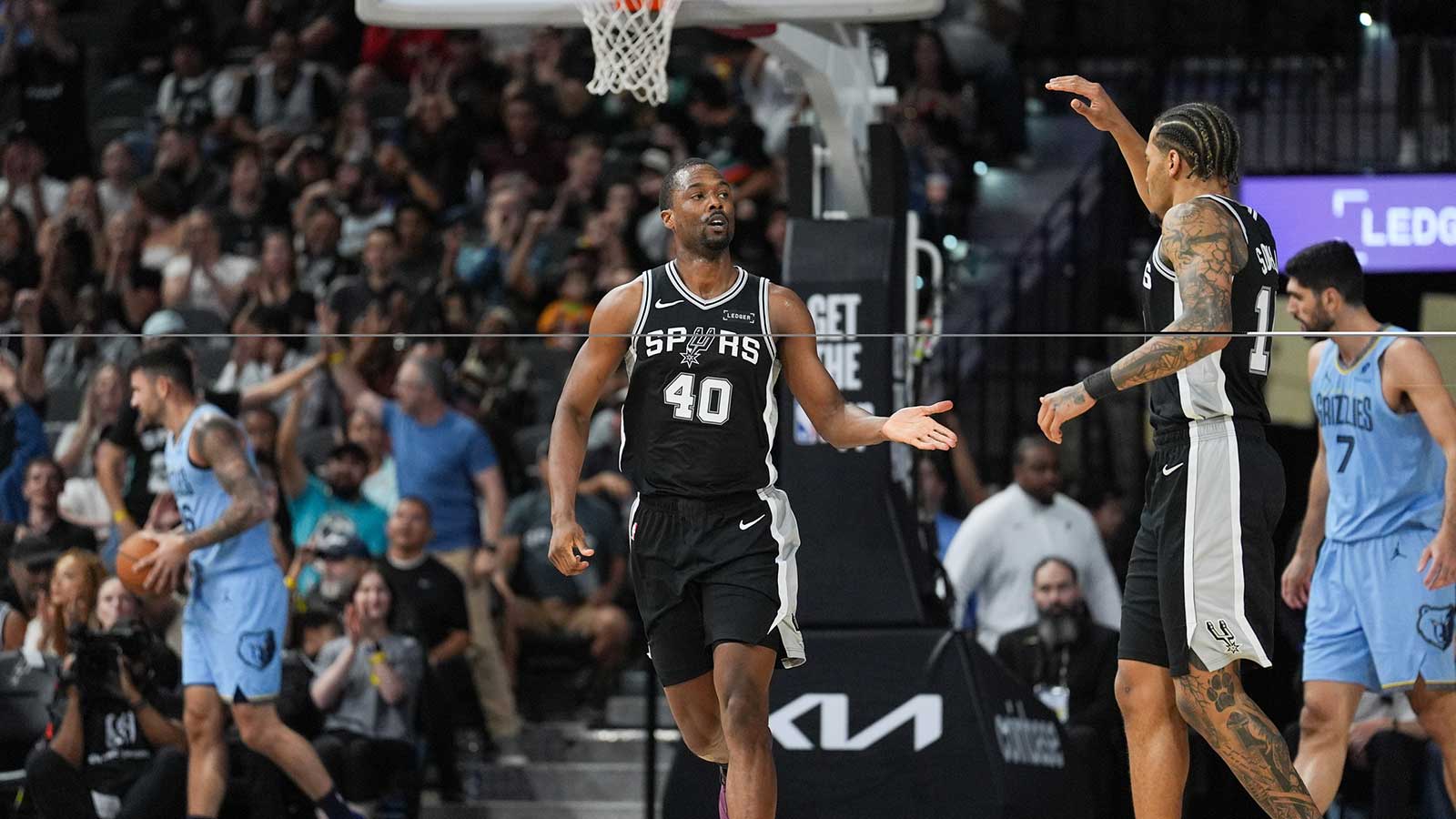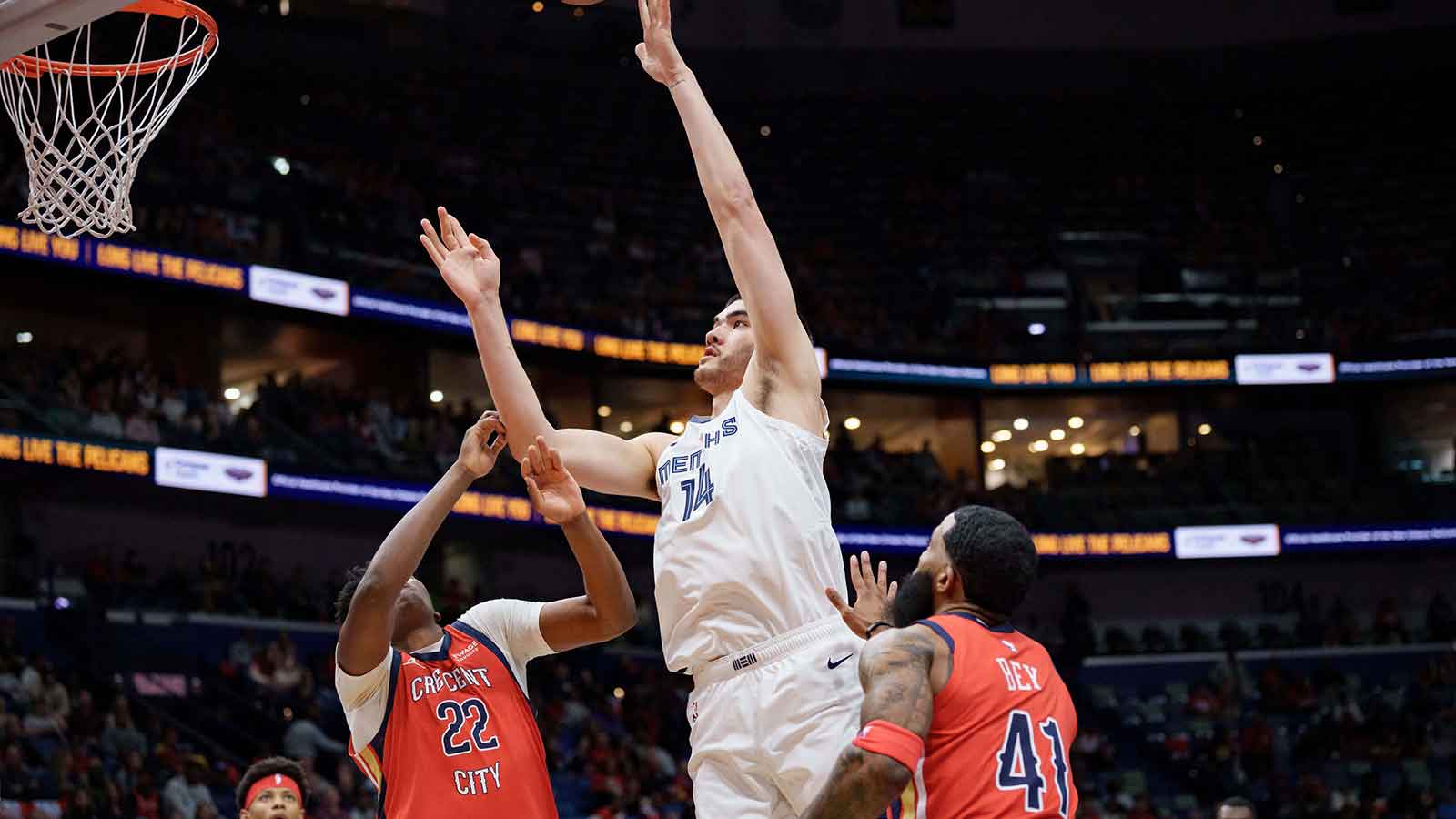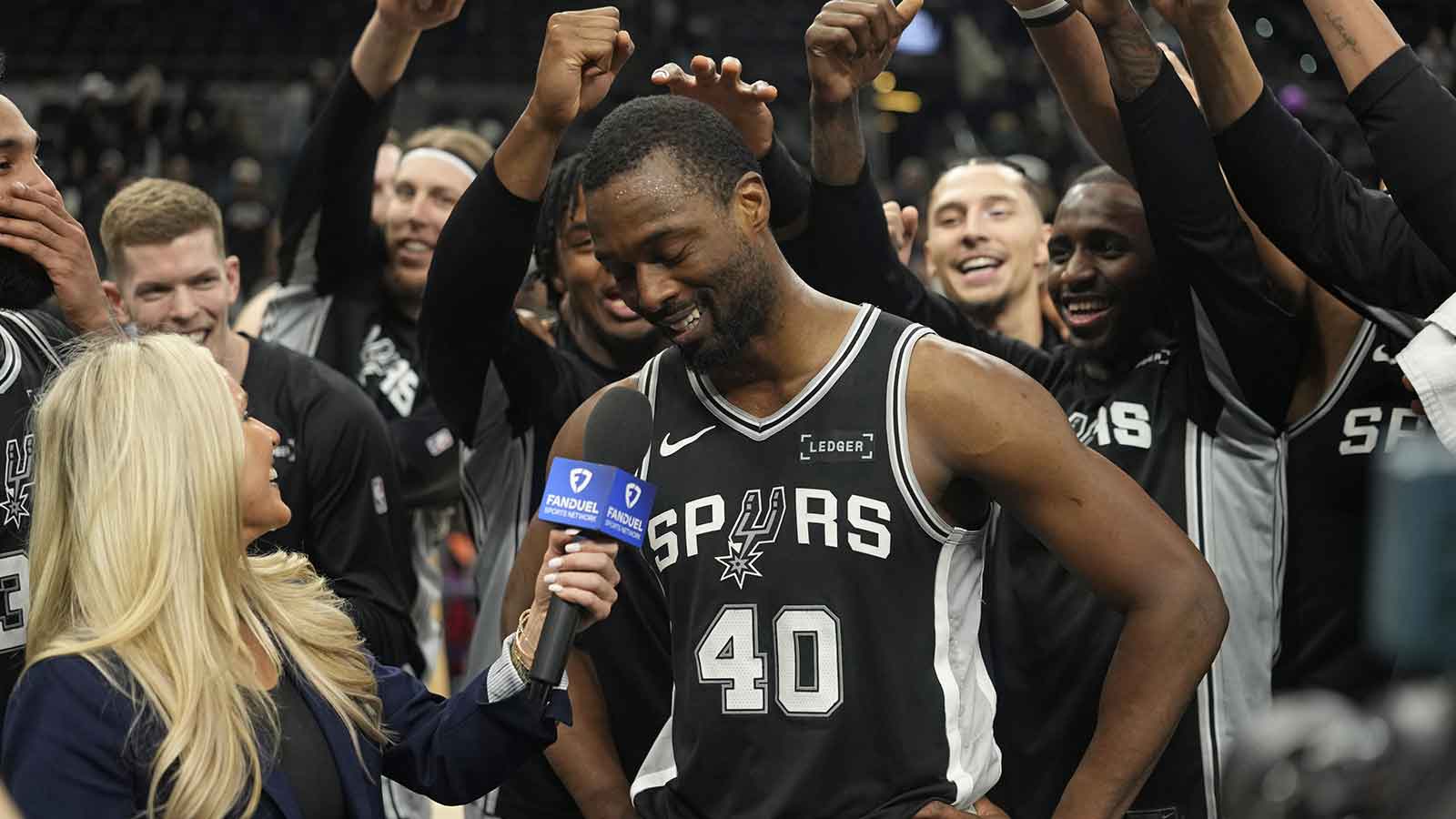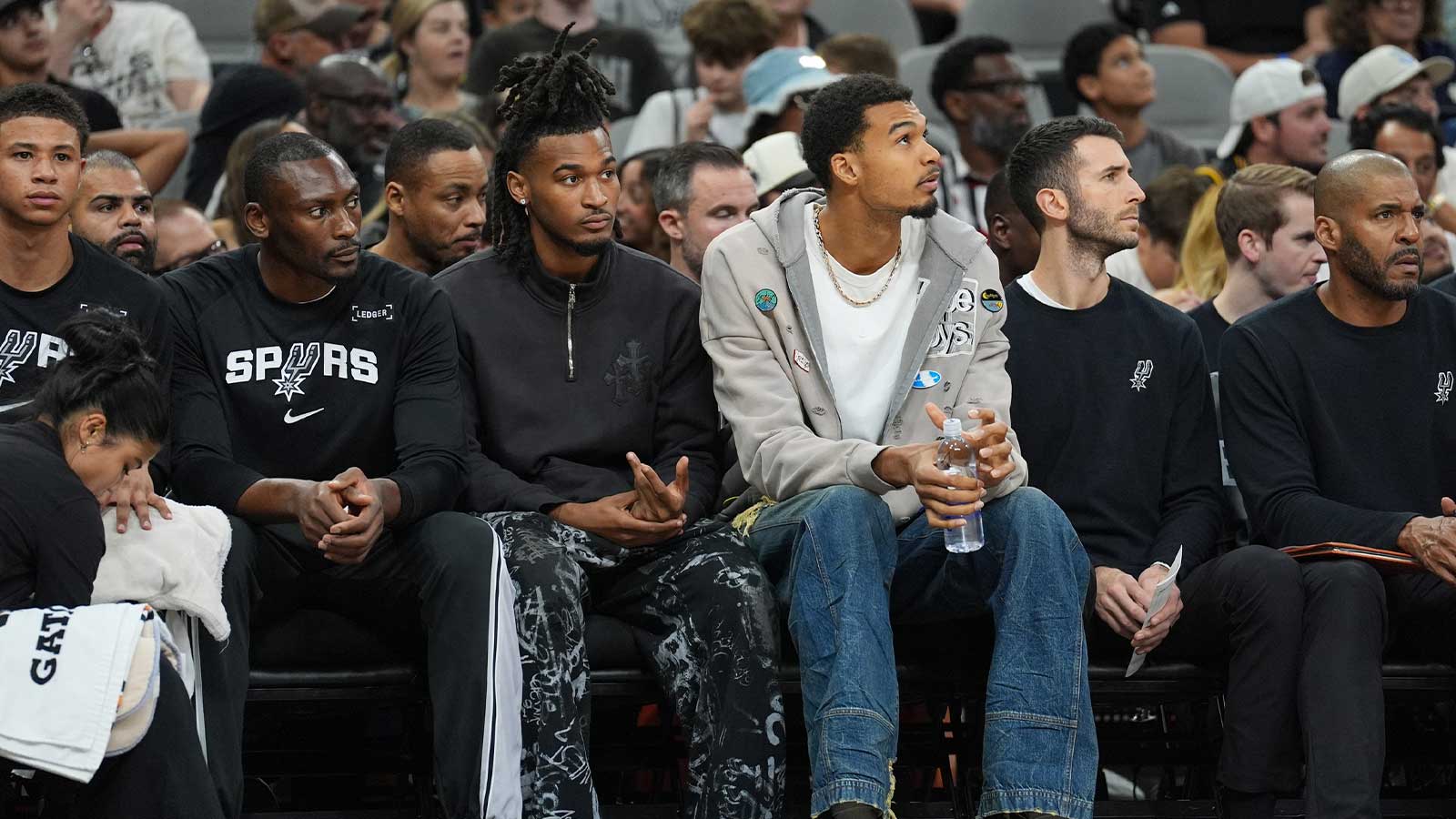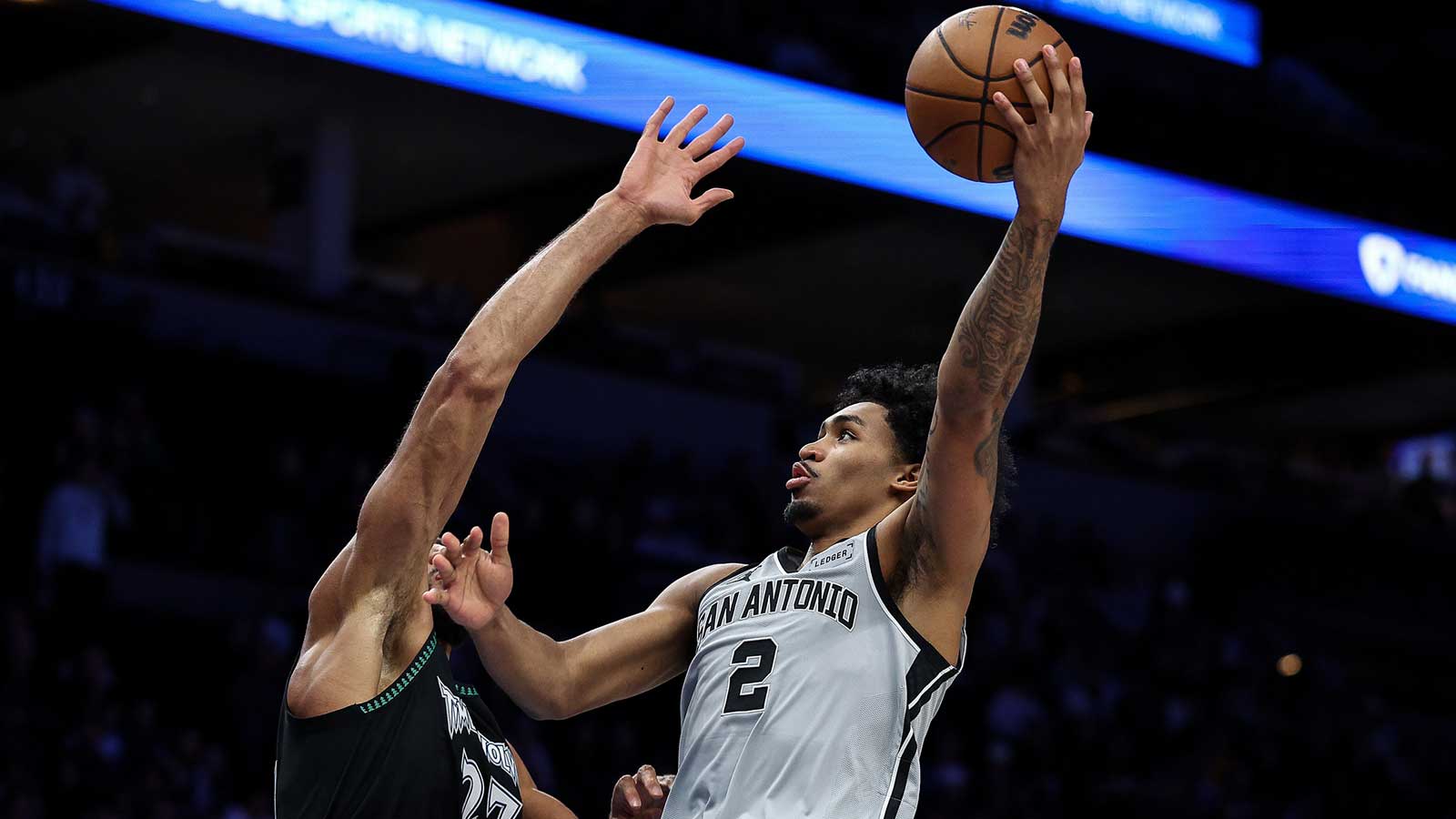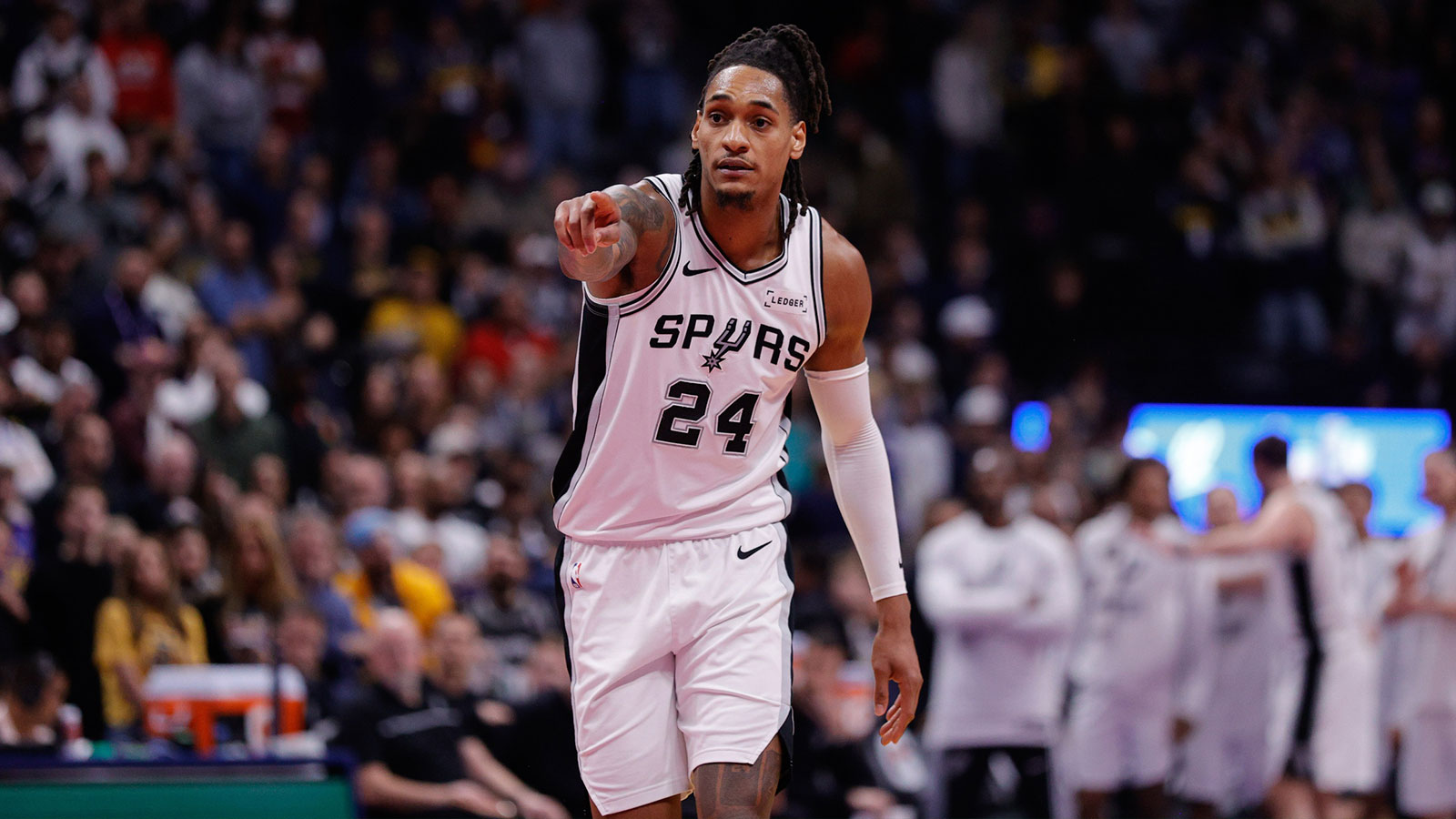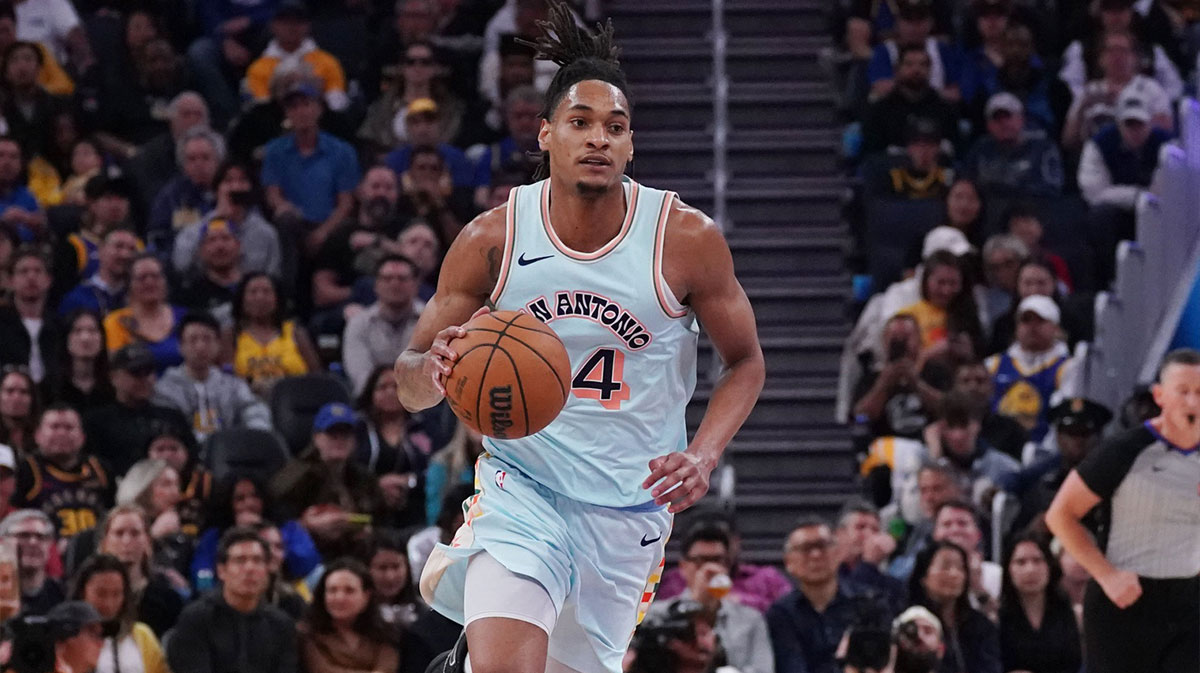The San Antonio Spurs have been here before. Not quite championship-ready, but not rebuilding either. The organization is right in that murky middle zone where one bold move could accelerate a leap into title contention. This time, though, the context is different. Now, they have Victor Wembanyama. Everyone can see him as a once-in-a-generation talent who looks more and more like the real deal with every passing season. They also have a supporting cast of young, dynamic talents and a front office with cap space and flexibility. The question now is simple: will they Spurs go big? Because a game-changing opportunity is staring them in the face. San Antonio just needs to have guts to for it.
Promising But Not Without Its Flaws
There were plenty of positives from San Antonio's season. Before his campaign was cut short by injury, first-time All-Star Victor Wembanyama was the clear favorite for Defensive Player of the Year. It marked another major step in his rise to superstardom. The Spurs also saw promising development from No. 4 pick Stephon Castle. He emerged as the Rookie of the Year after averaging 14.7 points per game, which was the highest among all first-year players.
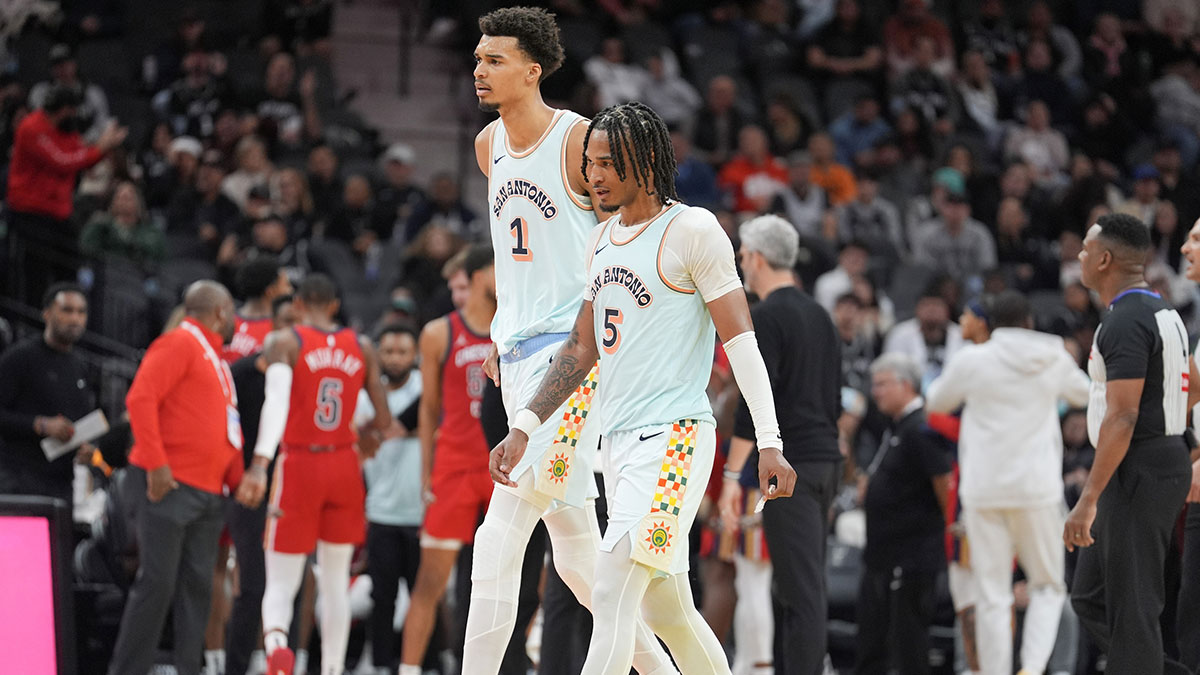
Meanwhile, the midseason trade for De’Aaron Fox initially generated excitement across the league. However, Fox struggled to find his rhythm in San Antonio’s system, finishing the season with just 19.7 points per game. That was his lowest full-season scoring average since 2018-19.
Heading into the summer, the Spurs had a strong core of young talent and were looking to add the right complementary pieces. In the draft, their good fortune continued as they landed high-upside prospect Dylan Harper and added Carter Bryant. The foundation appears solid, but the team still faces two major concerns: a crowded backcourt and a lack of reliable perimeter shooting.
Despite those needs, San Antonio made just one move in free agency, signing Luke Kornet to a four-year, $41 million contract. Yes, Kornet provides a much-needed backup to Wembanyama at center. That said, committing that kind of money to a player unlikely to see meaningful minutes in the playoffs raised some concerns. Depth is important, but it will not solve the Spurs’ most pressing problem: their inability to stretch the floor with consistent shooting.
Here we will look at the one move that the San Antonio Spurs still must make to improve their roster during 2025 NBA free agency.
Big Time for Dame Time
Enter Damian Lillard.
The Milwaukee Bucks waived the nine-time All-Star to make space for free agent center Myles Turner. It ended a two-year stint that fell short of expectations. In 131 games with the Bucks, Lillard averaged 24.6 points, 7.0 assists, and 4.5 rebounds. Despite the numbers and some high-octane performances alongside Giannis Antetokounmpo, the pairing never translated into postseason success. The end came in the form of a ruptured Achilles in the playoffs and a somber Lillard on the bench.
The injury is significant. Lillard, now 35, will likely miss most of the 2025-26 season. History is not kind to aging guards coming off Achilles injuries. However, this is Lillard. His track record, work ethic, and elite shooting could still offer immense value. That's even if he’s not the same explosive scorer he once was.
More importantly, the Spurs don’t need him to carry the franchise. They need him to help guide it.
Why It Makes Sense
From a basketball standpoint, Lillard fits a glaring need. The Spurs are short on reliable perimeter shooting. Sure, Castle and Harper may develop into threats, but they’re not there just yet. Lillard brings elite off-ball gravity, veteran playmaking, and the ability to mentor San Antonio’s young backcourt.
Off the court, Lillard’s presence could be transformative. Former teammate Anfernee Simons credited Lillard with shaping his development in Portland. That same mentorship could benefit Harper and Castle as they adjust to NBA life under the shadow of Wembanyama. Think Chris Paul in Golden State. Dame should be a veteran presence who'll elevate a young team and provide leadership by example.
Contractually, Lillard won’t command a long-term max deal. Given his health situation, the Spurs can sign him on a team-friendly, incentive-laden deal. With Wembanyama, Castle, and Harper all on rookie-scale contracts, San Antonio has the flexibility to absorb the risk.
And the upside? If Lillard returns to even just 70 percent of his All-NBA self by 2026-27, the Spurs could suddenly boast a playoff-ready core led by Wembanyama, supported by a lethal veteran closer in Dame Time.
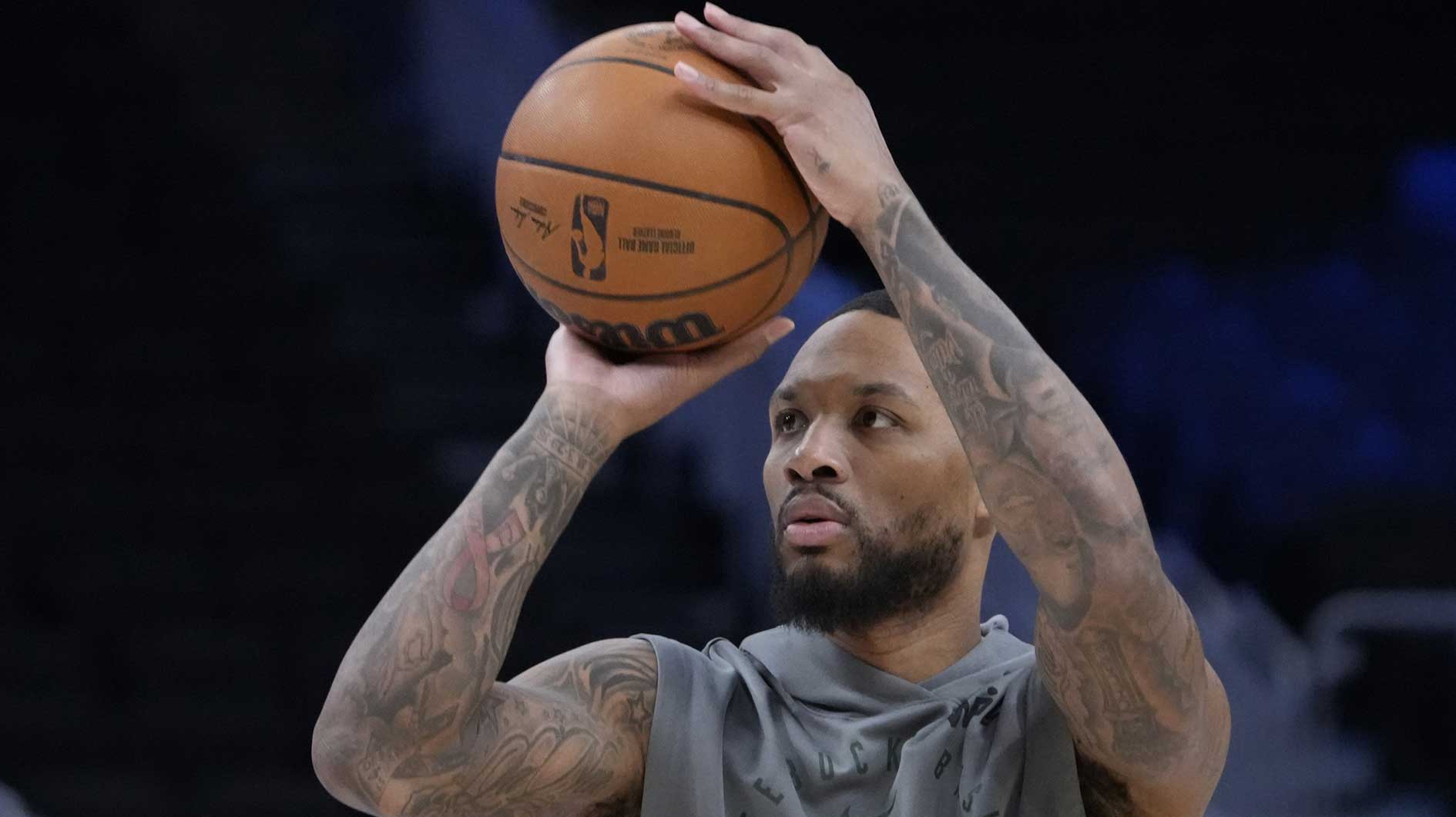
Closing the Loop
There was buzz last year that San Antonio explored a deal for Kevin Durant, only to balk at the idea of giving up their young core. The Lillard opportunity offers a similar ceiling with far less cost. Post-Achilles Durant averaged 27.1 points in his first year back. If Lillard can approximate that return in a less physically demanding role, the Spurs could reap the benefits of patience and vision.
The Western Conference remains wide open beyond the usual contenders. A healthy Spurs team with Wembanyama, Fox, Castle, Harper, and Lillard would instantly climb the power rankings. This is the kind of move that doesn’t just help on the court. It signals to the rest of the league that the Spurs are serious.
The dynasty days of Tim Duncan and Manu Ginóbili are gone. However, San Antonio has found its next great hope. With one daring decision, they can put the pieces in place for the next championship chapter.
The Spurs have the talent, the timeline, and the cap room. Now they need the courage. Lillard might not be the perfect piece, but he could be the right one.

